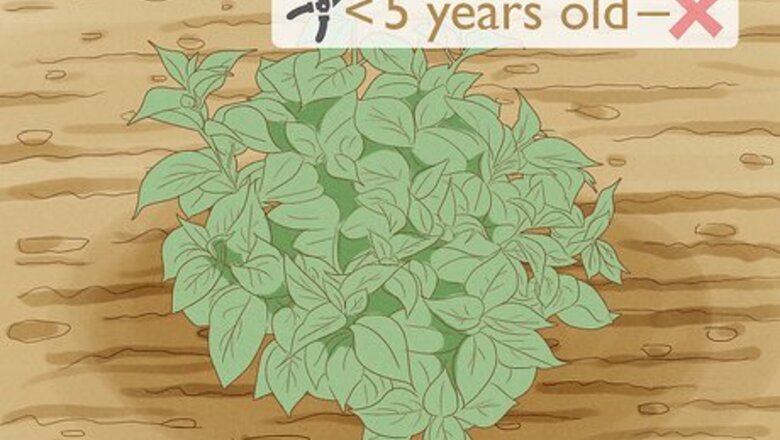
views
Deciding When to Prune
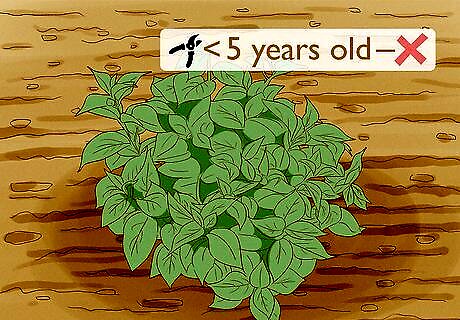
Wait to prune a new hydrangea until it’s 5 years old. You may have heard that lacecap hydrangeas bloom on old wood. This means that the plant makes its buds the season before it flowers, so if you cut the plant while it's still getting established, you won't get many blooms. If you've already pruned your new plant, don't stress. Just wait several seasons until the plant puts on growth and gets larger before you cut it back again. You might not get blooms for a season, but the plant will eventually flower.
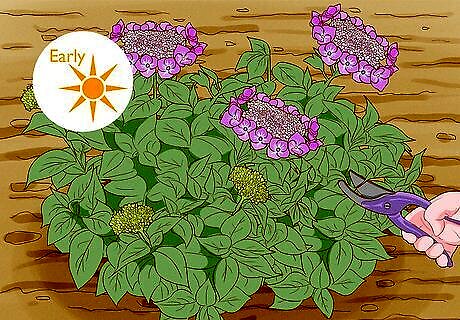
Prune your plant in June or July before it begins flowering. Early summer is the time to remove the dead blossoms—this is called deadheading—and to cut the plant back. By this point, you should be able to see new buds on the stems so you'll know exactly where to prune. This is the time when you can prune to shape the plant or to control growth. For instance, if your hydrangea is growing across a walkway, early summer is the time to prune it!
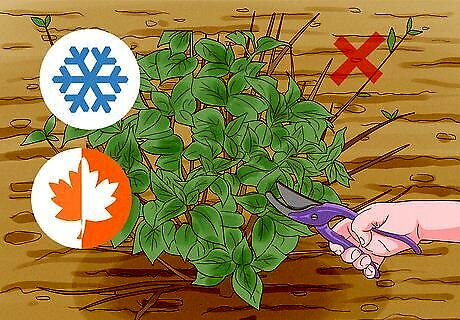
Try to avoid pruning your hydrangea in fall or winter. The general rule is to stop pruning after August 1. This is because the hydrangea will begin to form buds on the old wood and if you prune, you'll cut them off and the plant won't blossom the following season. If you absolutely have to prune your hydrangea, don't prune more than 1/3 of the stems. This way you'll at least get a few blossoms later.
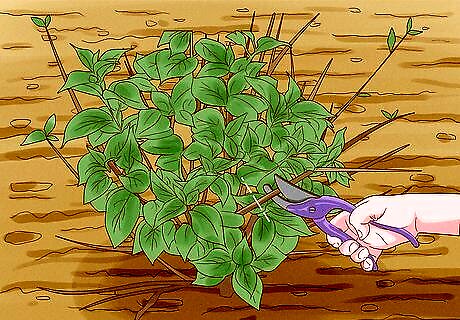
Prune your plant anytime it’s damaged. If your lacecap hydrangea has stems break in a storm or the leaves look diseased, feel free to trim away the dead or diseased parts. Usually, the sooner you do this the better so the plant can recover. Diseased leaves might have brown rings on them or patches of yellow circles that look like a mosaic.
Trimming Your Plant
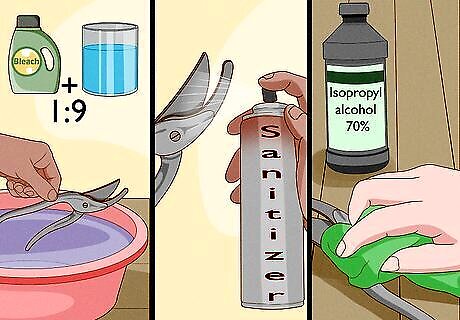
Sanitize your pruning shears with a disinfecting solution. Start with clean pruning shears so you don't introduce pathogens. Dip the shears into a disinfecting solution or spray it onto the blades. You can make a 10% bleach solution by mixing 1 part bleach to 9 parts water or use 70% isopropyl alcohol. If your shears are covered in dirt, scrub them with a stiff brush and rinse them well before you sanitize the shears. Pruning shears give you the most control and they easily cut through hydrangea stems.If you don't have pruning shears, you can use long loppers or sharp scissors.
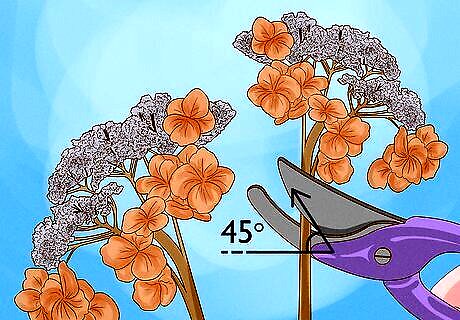
Cut off the dead blooms from the previous season. Take your pruning shears and cut off a stem ⁄2 to 1 inch (1.3 to 2.5 cm) above the live leaf bud that's closest to the end. Make your cut at a 45-degree angle. This way, you'll remove dead blossoms without getting rid of the blooms for the next season. Live buds will be slightly green and feel plump. The dead part of the stem beyond the live bud will be brittle, dry, and completely brown.
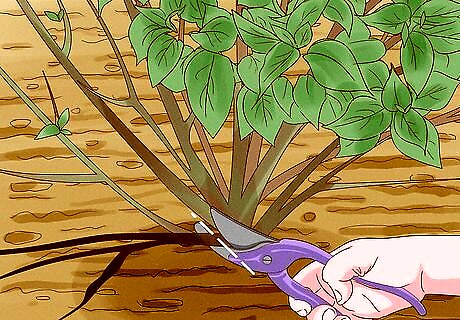
Trim away dead stems near the base of the plant. If you've found a stem that doesn't have any live buds on it, clip the stem away at the base of the plant. This helps the plant direct its energy to put on new, healthy growth. While it's tempting to do this in the fall or winter, wait until the spring so you can give buds a chance to form. This makes it a lot easier to identify dead stems and live buds.
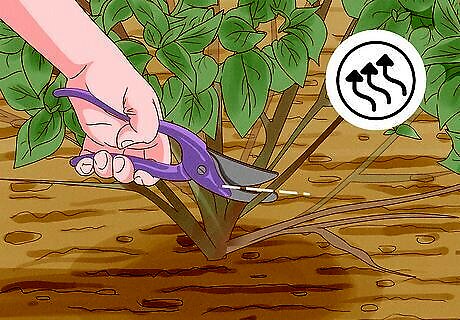
Remove thin or weak branches to encourage air circulation. Sometimes, hydrangea plants can grow bushy and compact. This makes it hard for air to move around the stems and can cause powdery mildew or black spots on the leaves. To keep your plant healthy, prune skinny branches, or branches that bend really easy, down to the base.
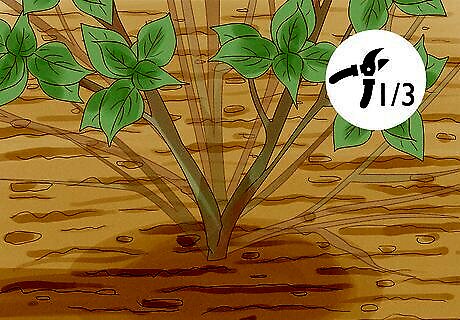
Cut up to ⅓ of the branches to control the size of the plant. Lacecap hydrangeas can take over a small space in your garden, so you'll probably have to trim it back at some point. When you do, take care not to cut more than 1/3 of the branches or you'll stunt the plant's growth. If you drastically want to prune the plant, do it gradually over the course of 2 or 3 seasons so you still get some blooms every year.




















Comments
0 comment